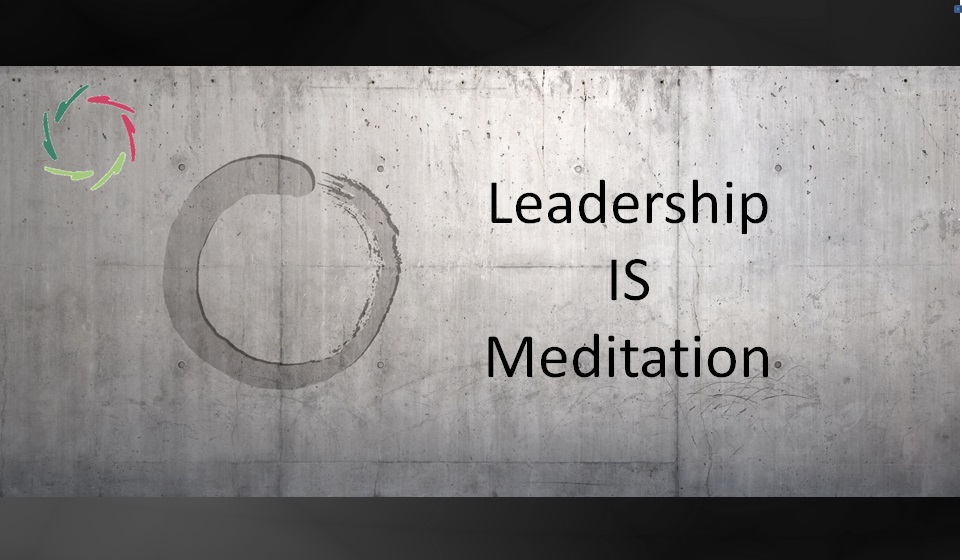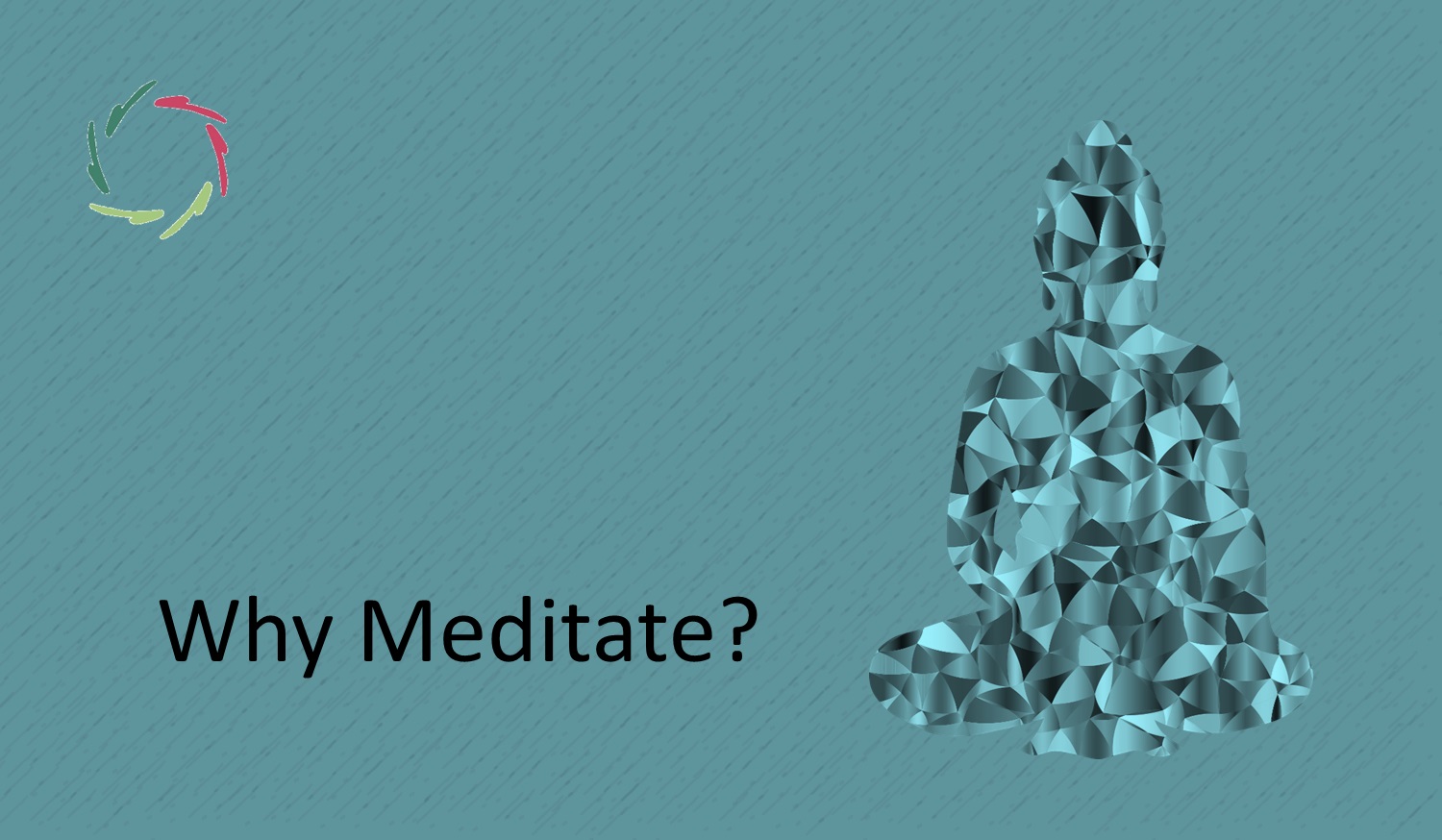Leadership IS Meditation

Giving attention to the broader picture without losing the value of the concrete: meditation and leadership have much in common.
Management is about getting one’s own thoughts as well as those of others clearly and efficiently together. Leadership is about letting these thoughts not get in the way of discerning the ‘broad picture.’ The main issue in this is not wanting to take control for the sake of control itself.
Through leadership, one doesn’t get less control, but a higher form of it.
One that may disturbingly seem like magic to a more managerially inclined person. And in a way it is magical. Relinquishing direct control may sometimes feel like falling into a mental abyss. One needs to be strong, especially when the surroundings are calling for direct control, out of anxiety for instance. It is thus easier to start a war than to be a true leader.
Management is about seeing things as they are.
Leadership is about looking beyond things, as in ‘vision.’
In this, it resembles meditation.
Meditation can be described as stillness of thinking. Not the absence, but rather a different kind of thinking, in which broader patterns can arise, linking diverse elements together in ways that can lead to new solutions and directions. In meditation, thinking can sometimes almost come to a halt, but not altogether. At other times, there can be thinking so many things at the same time that it seems to happen at blazing speed. That too is meditation.
Meditation is a special kind of stillness, like surfing on an ocean wave.
A surfer hardly moves in relation to the wave. At the same time, the wave runs quickly to the shore. All in all, meditation is about not letting direct thoughts stand in the way of a meditative stance. So when does one know when one is meditating? One doesn’t. One makes an effort and relaxes. There is eventually ‘nothing to accomplish’ and thus, the higher goal is accomplished beyond words and ideas.
A good leader is an Open Leader: open to patterns within himself, and through this also open to patterns anywhere.
Such a ‘pattern’ can be seen as something like a complex drawing on a wall that from a distance looks like an amorphously grey blob. But this grey blob is not ‘nothing’. From a distance – I mean in a mental sense – leadership can also look like not very much. Yet at the same time inside the mental landscape of a good leader, many things are going on. He may not be consciously aware of it, yet it is what makes up the worth of his leadership.
A leader should not bother too much with details in order to make himself believe that at least he is doing something useful.
Relax the need to be useful through doing. The leader’s usefulness is mainly present at the being level. As is the case in meditation, the leader should appropriately not make mental associations like hopping from stone to stone across a river. Technically seen, a leader / meditator does not really attain the other river bank. He lets it emerge, sometimes apparently out of nothing.
The result is frequently much better.


